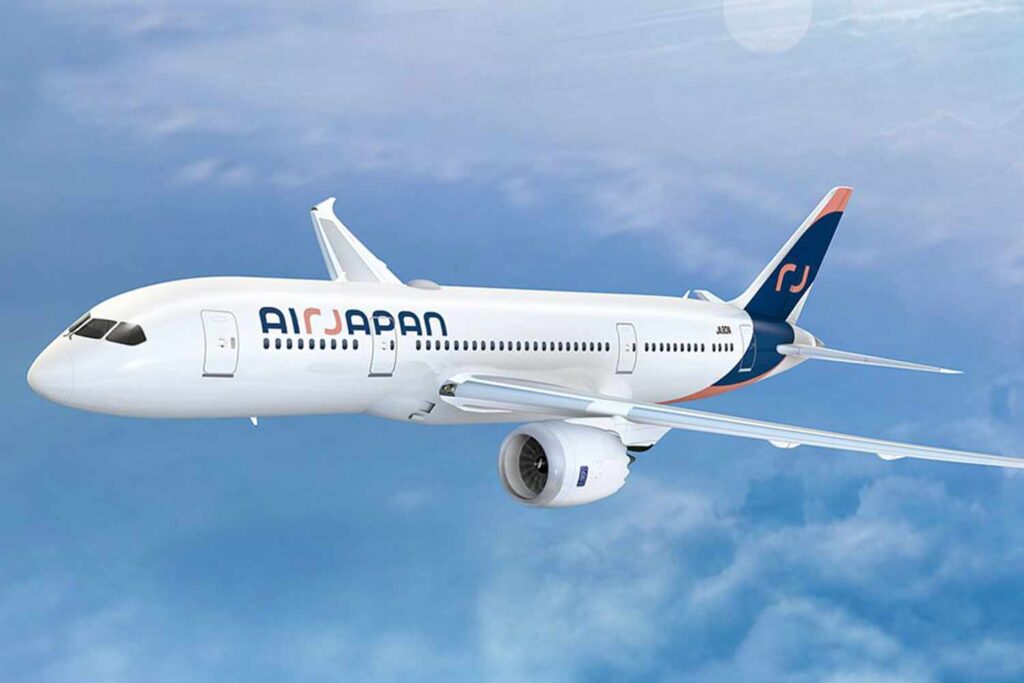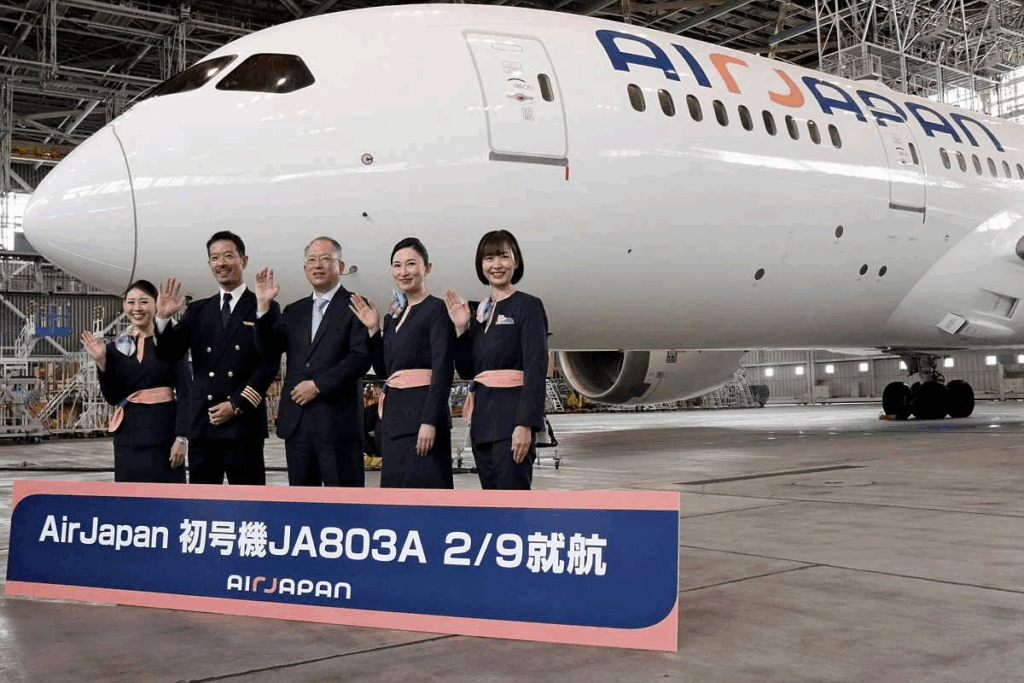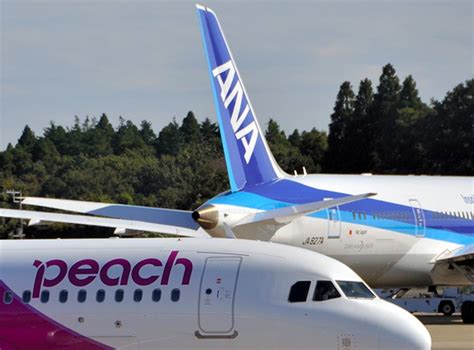
I am heading to Japan from Bangkok in December, and I always like to keep my options open for flying. ANA Group’s subsidiary, Air Japan (NOT JAL Japan Airlines), has been strongly marketing itself as a key carrier at Bangkok Airport, operating several times a week from Bangkok to Narita International Airport.

However, this consideration of Air Japan was tempered by the very recent news that ANA has announced Air Japan will cease all flight operations after March 2026.
The original plan for Air Japan, launched in 2022, was to rapidly expand its fleet and international network by adding additional Boeing 787s. These deliveries were repeatedly postponed, restricting Air Japan to only two 787 aircraft, far fewer than originally planned. As a result, Air Japan was limited in launching new destinations and increasing frequency, making it difficult to compete against regional rivals that had access to more planes and could adjust their schedules more flexibly. In 2025, ANA expected to receive 11 new Boeing aircraft, but these are all now delayed by at least a year. The fleet has also faced “Aircraft On Ground” (AOG) status with their Boeing 787s, resulting in up to 13 aircraft grounded for inspections. Hence, why ANA wants to free up AirJapan’s two 787s.

ANA Holdings has therefore decided to operate with just two brands (ANA and Peach), rather than three. Operating three overlapping brands had reportedly stretched resources thin across the group.
Air Japan History
The “Air Japan” brand name has appeared and disappeared several times in ANA’s history. Air Japan began as a charter airline associated with All Nippon Airways (ANA) back in 1990, called initially World Air Network. Operations were suspended in September 1995, but in July 2000, the company resumed service as Air Japan, acting as ANA’s international charter and regional arm.
In January 2001, Air Japan commenced scheduled services, with its inaugural flight from Osaka to Seoul operating a Boeing 767-300. Throughout the 2000s and 2010s, Air Japan operated international routes (mostly to Asian destinations), primarily as part of ANA’s backend operations; many flights were marketed as ANA but operated by Air Japan, allowing ANA to manage operating costs while maintaining brand consistency.
Responding to rising competition from other budget airlines (notably JAL’s Zipair), ANA relaunched Air Japan as a distinct leisure carrier in 2022, serving international medium-haul routes with a “value-oriented product.” Bangkok, Singapore, and Seoul quickly became core cities for Air Japan’s relaunch.
The current Air Japan model is a “hybrid service model.” They claim to offer “affordable” base fares, priced above a standard low-cost airline but lower than a mainline carrier. Air Japan has three fare classes:
1. Simple, which, as its name suggests, is a baseline economy product
2. Standard, which includes advance selection of specific seats and one piece of checked luggage
3 Selected, offering the best seat selection options, two pieces of checked luggage, and in-flight meals (barring certain select items).
Similar to an LCC, you pay only for the extras you want (checked bags, seat selection, meals) ANA has emphasised that the Air Japan service experience is superior, with seats offering a 32-inch pitch and deeper recline compared to AirAsia (31″).
Skytrax rates Air Japan 6.0 in 2025 compared to:
- 6.2 for Zipair
- 6.2 for Peach
- 6.6 for AirAsia
- 7.7 for Cathay Paciic
- 7.8 for ANA,
Service on Air Japan is often described as mixed, with praise for seats and cabins and staff, and disappointment with the lack of inclusions. They also cite a lack of service consistency compared to full-service ANA.
The final Air Japan flights will run between Tokyo Narita and Singapore in March 2026; after that, Air Japan’s staff, fleet, and routes will be absorbed into ANA. All future low-cost flights for ANA Group will be handled exclusively by Peach Aviation.
The Bangkok to Tokyo route is one of the busiest and most competitive city pairs in Asia, with over 1.5 million passengers travelling between the two hubs annually. There are currently over 60 direct flights per week on this route, operated by a mix of full-service and low-cost airlines, including ANA, Japan Airlines (JAL), Thai Airways, Zipair, Thai AirAsia X, and of course Air Japan. In addition, Cathay Pacific, Malaysia Airlines, Philippine Airlines, Scoot and Singapore Airlines also feed traffic to Tokyo via their respective hubs in Hong Kong, Kuala Lumpur, Manila, and Singapore.
My choice for my December Japan trip will actually be Cathay Pacific via Hong Kong, and EVA Air on the return. I am looking forward to flying ANA (my absolute favourite airline in the world, along with Qatar) to Europe in 2026, however.


Leave a Reply